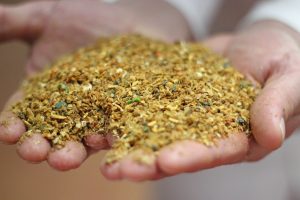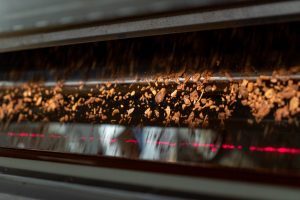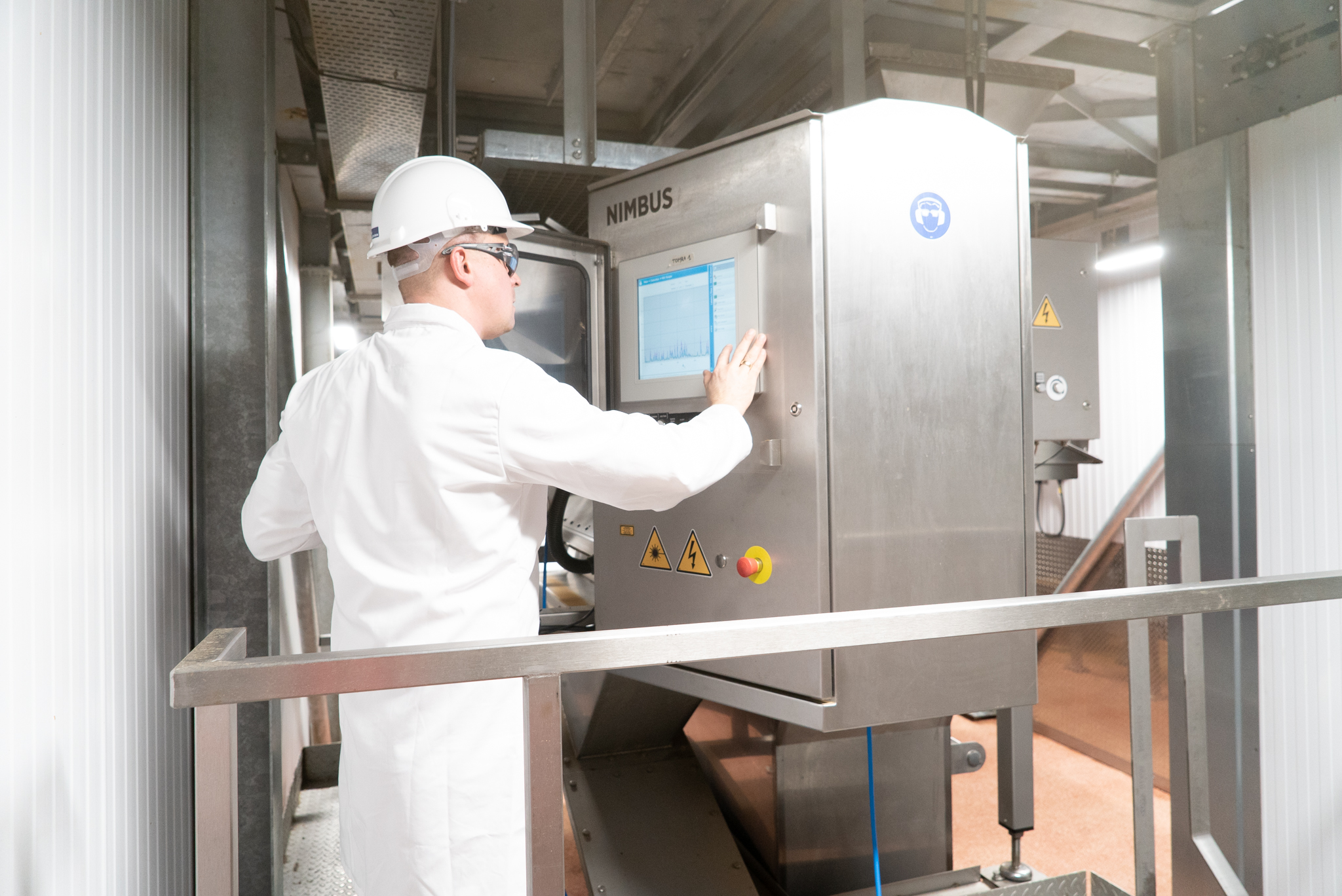TOMRA Working with Renderers of Pet Food Ingredients
Pet Age Staff //May 26, 2020//
Press release: TOMRA Food
TOMRA Food has begun offering its optical sorting technologies to renderers who turn the by-products from animal food production into pet food ingredients. This new initiative is expected to be especially well received now that the economic pressures of the COVID-19 pandemic are making it more important than ever for renderers to maximize efficiency and minimize waste.
As the world’s leading manufacturer of optical sorting machines for the food industry, TOMRA Food last year became the first to provide advanced sorting solutions for pet food producers. With this move proving successful, the next logical step is to expand the company’s offering to pet food renderers.
provide advanced sorting solutions for pet food producers. With this move proving successful, the next logical step is to expand the company’s offering to pet food renderers.
Rendering by-products from poultry, pork and beef into ingredients for wet and dry pet food (as well as for animal feed) is a higher-value use of meat and bone materials than rendering for alternatives such as fuels or fertilizer. The global pet food market is worth about $90 billion per year and is forecast to increase in size over the next decade at a CAGR (compound annual growth rate) of 5-6 percent. But achieving higher commercial values requires higher standards, necessitating the detection and removal of the smallest fragments of foreign material from the product mix.
Lars Povlsen, sales manager pet food at TOMRA Food, commented: “We are proud to be working now not only with pet food producers, but also with the renderers. TOMRA Food’s sophisticated sorting technologies can do much to help ensure that pet food ingredients are safe and nutritious. We expect to see more renderers investing in the latest sorting technologies in order to remain competitive.”
TOMRA Food’s solutions to the regulations and challenges of the rendering segment:
Regulations governing the processing of waste meat for reuse can differ from one nation to the next, but the standards for pet food and animal feed are usually the strictest. The EU is typical of the stringent requirements: pet food and animal feed must comply with the highest of all three rendering classifications, Category 3, which requires the waste meat to have been fit for human consumption at the point of slaughter. It is mostly after this point, however, that foreign materials are accidentally introduced into by-products, because of the nature of the rendering process itself.
 One risk in rendering is the mechanical process of removing feathers from poultry, because this is done by rubber fingers that can break off and end up in the product stream. Another risk is the way in which poultry is held above the conveyor belt by plastic hangers, because these hangers can also break and fall into the product mix.
One risk in rendering is the mechanical process of removing feathers from poultry, because this is done by rubber fingers that can break off and end up in the product stream. Another risk is the way in which poultry is held above the conveyor belt by plastic hangers, because these hangers can also break and fall into the product mix.
In addition to these inherent threats, many other types of unwanted objects – such as rubber gloves, hairnets, metal clips, plastic tags, foil, stones, and broken glass – have been known to turn up in renderers’ product streams. Although some of these foreign materials are initially large enough to be seen, grinding processes reduce them in size to almost invisibly-small fragments which the human eye cannot detect.
Now TOMRA Food’s sorting machines are providing a solution to these serious challenges. Latest sorting technologies are capable of detecting and ejecting the tiniest fragments of foreign material with reliable accuracy and low levels of false rejects. Sorting machines can also help renderers pre-determine the desired levels of bone meal and protein content, so that premium ingredients can be rendered to fetch a premium price.



















